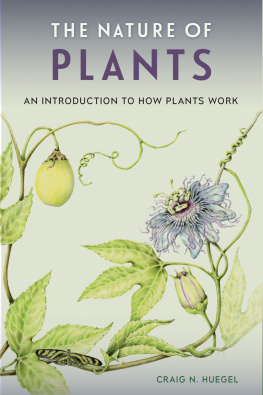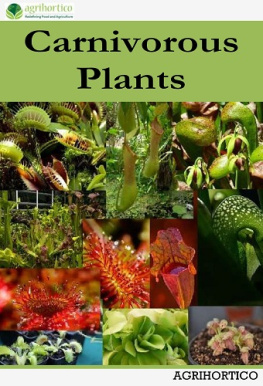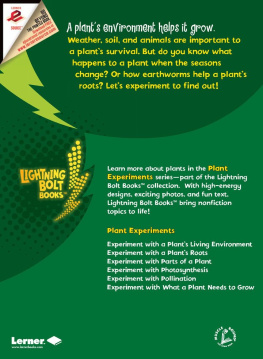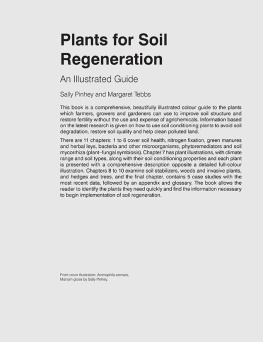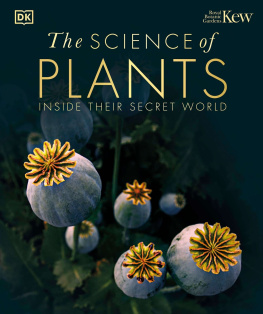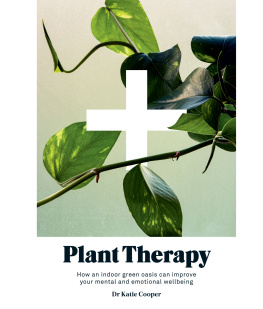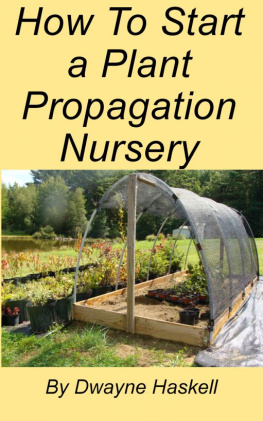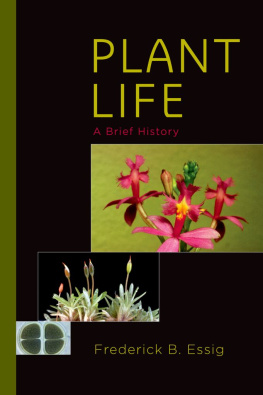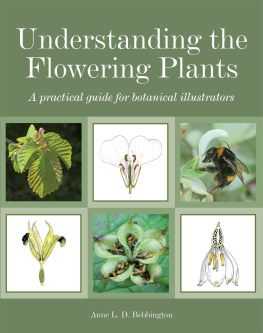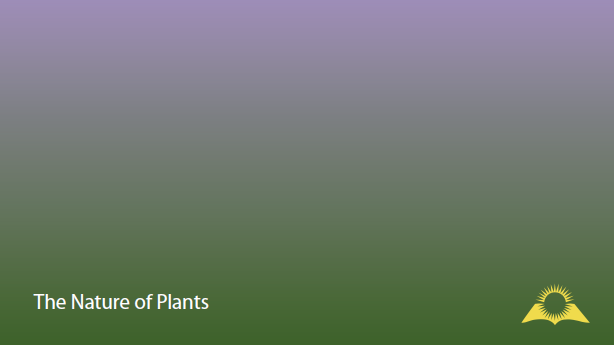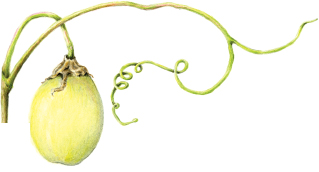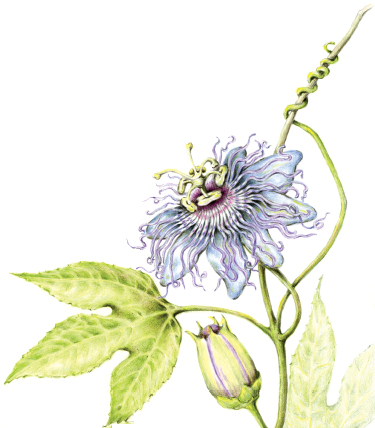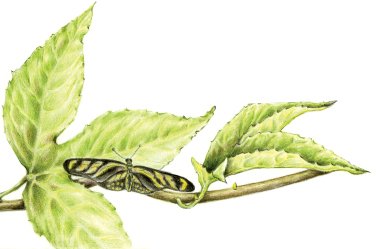
UNIVERSITY PRESS OF FLORIDA
Florida A&M University, Tallahassee
Florida Atlantic University, Boca Raton
Florida Gulf Coast University, Ft. Myers
Florida International University, Miami
Florida State University, Tallahassee
New College of Florida, Sarasota
University of Central Florida, Orlando
University of Florida, Gainesville
University of North Florida, Jacksonville
University of South Florida, Tampa
University of West Florida, Pensacola
THE NATURE OF PLANTS
An Introduction to How Plants Work
Craig N. Huegel
University Press of Florida
Gainesville
Tallahassee
Tampa
Boca Raton
Pensacola
Orlando
Miami
Jacksonville
Ft. Myers
Sarasota
Frontispiece: Passion Flower, color drawing by Sarah Graziani.
Used with permission.
Copyright 2019 by Craig N. Huegel
All rights reserved
Printed in the United States of America on acid-free paper
This book may be available in an electronic edition.
24 23 22 21 20 19 6 5 4 3 2 1
Library of Congress Control Number: 2018941382
ISBN 978-0-8130-6408-6
The University Press of Florida is the scholarly publishing agency for the State University System of Florida, comprising Florida A&M University, Florida Atlantic University, Florida Gulf Coast University, Florida International University, Florida State University, New College of Florida, University of Central Florida, University of Florida, University of North Florida, University of South Florida, and University of West Florida.
University Press of Florida
2046 NE Waldo Road
Suite 2100
Gainesville, FL 32609
http://upress.ufl.edu
Contents
Preface and Acknowledgments
Plants have always been an important part of my life. Many of my earliest memories center on the garden, and it is a passion that has endured. I am a gardener first and a biologist second. I find plants to be fascinating, both for their beauty and their underlying biology. To me, these two aspects cannot be separated from each other. The beauty of plants is easily lost when they are distilled down to just the nuts and bolts of science, but understanding the basics of plant biology is necessary to fully appreciate what makes them special. My appreciation for plants has been greatly increased by understanding how they work, how they function internally, and how they relate to one another and the world around them, and all of this has made me a better gardener.
Gardeners do not need to know everything about the biology of plants to be effective, but understanding some of the basics is especially helpful. We need to know enough to understand what plants need to achieve their optimal growth, to reproduce, and to coexist with their neighbors and their enemies. Before we purchase a new plant to add to our landscape, we need to be able to honestly evaluate whether it is the right specimen to make the transition from potted plant to plant-community member. We need to understand how it will relate to the growing conditions of our landscape, and when something doesnt go right after weve planted it, we need to understand why. We dont have to become scientists to be good gardeners, but we should understand the science thats been produced by others. After all, we are dealing with finely tuned organisms that have been evolving intricate bells and whistles for nearly a half billion years.
The diversity of plants is astounding. Botanists estimate that there are nearly 288,000 unique species of plants in existence today. Nearly 90 percent of these are flowering plants; the rest are mostly mosses, ferns, and conifers. Nearly every color, shape, and growth form exists to meet the aesthetic needs of a modern-day gardener. This aspect is the one that calls most of us to work with plants. Its the underlying biological part that has largely been ignored.
Aristotle believed that plants had the lowest kind of soul because they seemed incapable of any of the behaviors observed in animals. This attitude has largely persisted in our collective psyche. Plants may be interesting to look at, and they are definitely biologically necessary, but most of us view them as somewhat boring, about as exciting as watching grass grow.
Many of us who garden often fall into this trap. We purchase plants, dig holes, water them, and give them a jolt of fertilizer before largely leaving them to live life on their own. If our plants fail to prosper, we water and fertilize them again based on a belief that these simple solutions are all that plants really require. If our plants die, we buy new ones or conclude that our failure was somehow due to the plants themselves, and we then buy a different kind to fill the void in our landscape. When we purchase or adopt an animal for our household, we usually do things much differently. Prior to bringing the animal home, we do some research on what our new addition will need from us and what we should expect from it, we take steps to prepare our home to receive it, and we study its acclimation into our householdprepared to call in a veterinarian, a trainer, or some other expert should anything appear out of order. After all, we may reason, animals are complicated and plants are simple.
The truth is that plants are far more complex than we have traditionally perceived them to be; in some ways they are even more complex than animals. Animals have life relatively easy. For one thing, they can move to more favorable conditions when life treats them harshly. This ability to move gives them lots of options that plants do not have. Once a plants seed or spore germinates, its only choice is to make do with what its been given. Plants must do everything animals do while remaining in the same location for the duration of their lives. They have had to develop intricate adaptations and behaviors over the more than 500 million years they have been on land. Thats a long track record of success. They seem simple to us because what they do is largely done sight unseen and at a rate of speed that is hardly noticeable.
This is not a book to teach you the fundamentals of plant biology, though it might do some of that in a roundabout way. Brian Capon has written a useful botany textbook for the general public (Botany for Gardeners, 1990), and there is no need to duplicate his effort. This book is intended to teach gardeners and others who love plants how to apply plant biology to make their work with plants more successful and to unlock some of the mysteries in a practical way so that more gardens thrive and fewer plants die. Along the way, I hope it also gives you a deeper appreciation for how intricate and interesting plants are. As a botany professor and a lifelong gardener, I want to better merge these two disciplines. Too many gardening books focus on what plants do for us, as if their sole purpose centered on their appearance and utility. My desire is that we look at plants without this anthropomorphic bias and see them for their own intrinsic value.
Next page
